1. Installing Too Many Wires in an Electrical Box
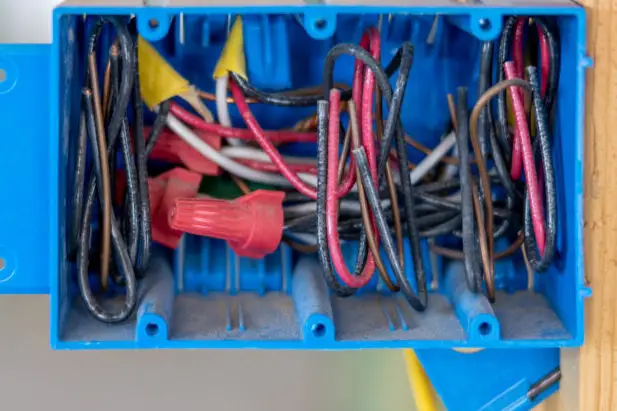
When adding outlets or switches, DIYers often cram too many wires into a single junction box. But electrical codes specify how many conductors can safely fit based on box size, because overcrowding can lead to overheating or arcing. The NEC includes a box fill calculation that factors in each wire, connector, and device. Ignoring this turns your wall into a potential fire trap.
It might seem minor when you’re just adding “one more thing,” but it can spiral quickly. Most DIYers don’t measure cubic inches or check conductor limits. If your box feels tight or you have to force it shut, it’s probably overfilled. Upgrading to a deeper or larger box is the proper, code-compliant fix.
2. Painting Over Electrical Outlets

It might seem harmless to paint over outlets or switch covers to match the wall color, but it’s actually against code in many areas. Paint can seep into the receptacle and interfere with the electrical connection, which increases the risk of fire or shock. The National Electrical Code (NEC) mandates that devices must remain accessible and operable without modification. That includes being free of coatings like paint that could compromise safety.
Many homeowners think of this as a cosmetic upgrade, but it can have dangerous consequences. Painted outlets can also void insurance claims in the event of an electrical fire. It’s better to swap the outlet cover for one that matches your décor instead of painting over it. That way, you stay compliant and safe.
3. Using Flexible Drain Hose Under Sinks
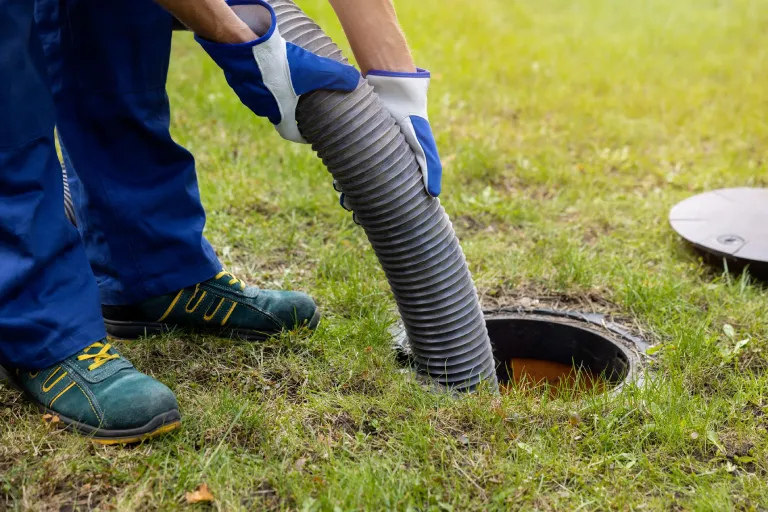
Those accordion-style, flexible drain hoses are easy to install, especially for novice DIYers. But they’re not up to code because their ridges tend to collect debris, leading to blockages and unsanitary buildup. Standard plumbing codes require smooth-walled piping for drain lines to ensure proper flow. So while flex hoses might be convenient, they aren’t a long-term legal solution.
They also don’t hold up well over time and may sag or leak. Most codes, including the IPC (International Plumbing Code), specifically discourage these types of connectors for permanent installations. If you want to avoid a plumbing violation—and a clog—stick to rigid PVC or ABS pipes. It takes a little more effort, but it’s worth it.
4. Covering Vents with Furniture or Drapes
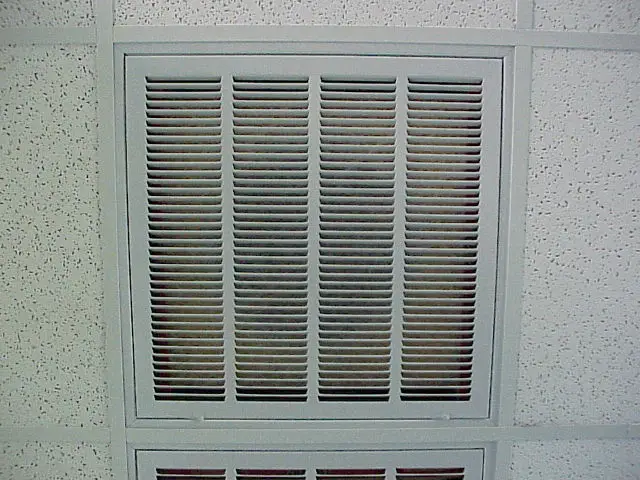
Blocking return or supply vents with a couch, bookshelf, or heavy curtains might improve your room’s layout, but it creates airflow issues. According to HVAC codes, all vents must remain unobstructed to ensure proper heating and cooling. When airflow is restricted, your HVAC system works harder, which can shorten its lifespan or even pose a fire risk. It can also lead to uneven temperatures and poor air quality.
Some people try to redirect air with magnetic covers or decorative grills, but those can be problematic too. Any obstruction can create pressure imbalances in the system. That’s why code inspectors often flag blocked vents, even if they’re hidden behind stylish décor. It’s best to design your layout with airflow in mind.
5. Installing a Bathroom Fan That Vents Into the Attic

This is a classic shortcut in older homes or rushed remodels—venting a bathroom fan straight into the attic instead of all the way outdoors. But it’s a violation of code because it introduces warm, moist air into an enclosed space, which can lead to mold, rot, and serious structural issues. According to the IRC (International Residential Code), all exhaust fans must terminate outside the building. Simply dumping that air into the attic doesn’t count.
A lot of DIYers think it’s “good enough” if the attic is ventilated, but that’s not what the code says. Moisture control is a major concern in building standards. If you’re updating a bathroom, double-check where that fan is going. A proper duct to the exterior is a must.
6. Running Extension Cords Through Walls or Ceilings
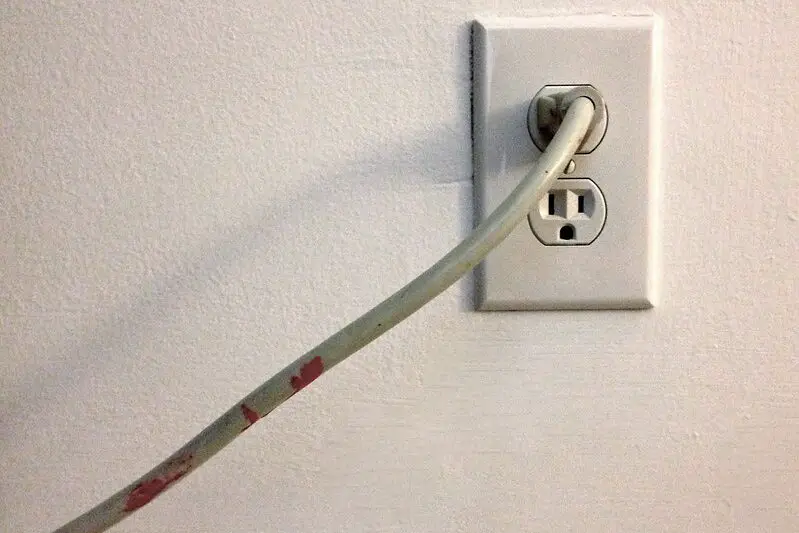
It’s tempting to hide an extension cord behind drywall or snake it through a hole in the ceiling for a cleaner look. But extension cords are not rated for permanent installation and aren’t protected against heat, abrasion, or pests the way in-wall wiring is. The NEC strictly prohibits using extension cords as a substitute for permanent wiring. Doing so not only violates code but also poses a serious fire hazard.
People do this when adding TVs or lighting without running new circuits. But even if it works, it’s not legal or safe. If you need power in a new spot, the right fix is to install a new outlet or run proper Romex wiring. It may cost more upfront, but it’s worth avoiding an insurance nightmare.
7. Using Too Few or the Wrong Type of GFCI Outlets
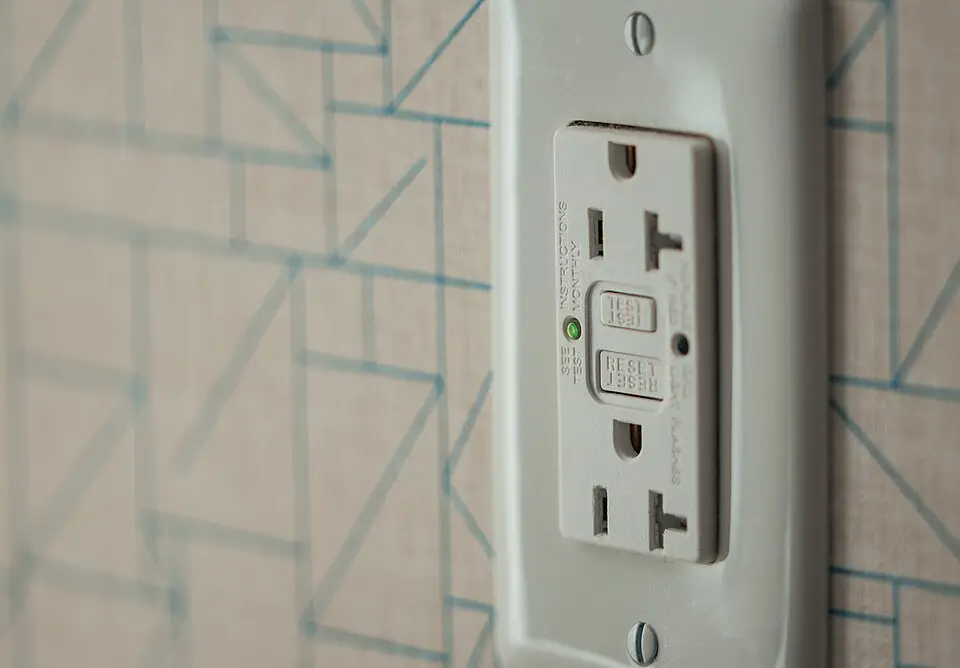
Ground Fault Circuit Interrupters (GFCIs) are required in bathrooms, kitchens, garages, and outdoor areas—basically anywhere water is nearby. But a lot of older homes don’t have enough of them, or homeowners will swap one out for a regular outlet without realizing that’s against code. The NEC mandates GFCI protection in specific locations, and the list has only grown with each code update. Using the wrong outlet in the wrong place is more than a code issue—it’s a safety hazard.
Sometimes people think one GFCI upstream protects all downstream outlets, which can be true—but only if wired correctly. A miswired GFCI offers no protection and might fool you into thinking you’re covered. Always test after installation, and make sure to follow current code rules for placement. When in doubt, install a few more than you think you need.
8. Skipping Permits for Decks or Additions
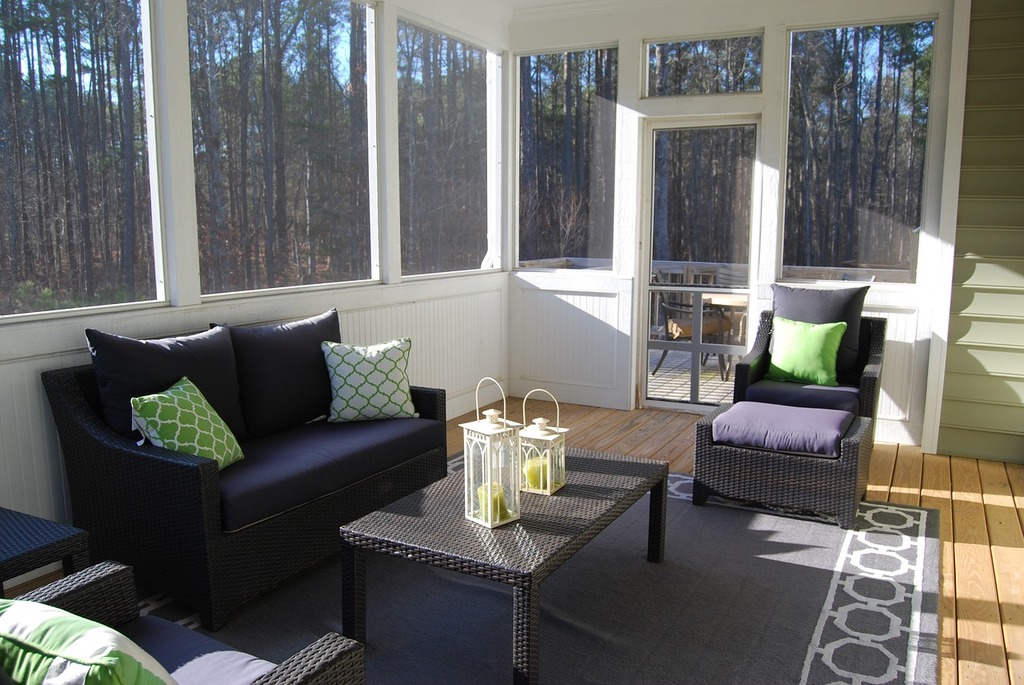
It’s easy to think a backyard deck or sunroom is “your business,” especially if you built it yourself. But nearly all municipalities require permits for any structural addition, especially those attached to the house. Building codes ensure your project is structurally sound, safe to use, and won’t cause drainage or fire issues. Skipping the permit can lead to fines, forced removal, or problems selling your home.
Even if it seems like a small project, it likely affects things like setbacks, load-bearing supports, and access egress. A deck collapse is no joke, and improperly installed ledger boards are a leading cause. When code officials inspect, they’re checking for things you might not even think of—like proper hardware or footing depth. It’s a hassle, yes, but it protects you and future owners.
9. Not Installing a Handrail on Staircases
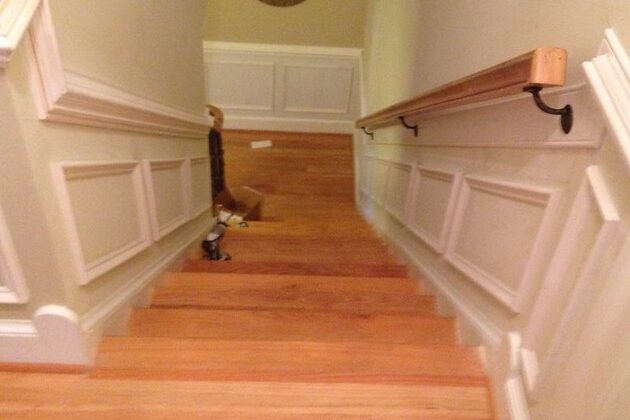
If your staircase has four or more risers, most building codes require a handrail. Yet a lot of homeowners skip this in short stairways or exterior steps for aesthetic reasons. The IRC states that handrails are essential for safety and must be graspable and continuous. Even if the stairs feel manageable now, someone slipping could have a very different experience.
This is especially important for resale or inspection time. If someone falls on your stairs and there was no handrail, you could be found liable—even if the fall wasn’t your fault. Many DIYers assume it’s optional if the space feels safe, but codes are based on worst-case scenarios. Better to install a simple, code-compliant rail than take the risk.
10. Installing a Gas Appliance Without a Permit

Whether it’s a water heater, gas range, or furnace, installing gas appliances usually requires a permit and inspection. That’s because even small gas leaks can cause explosions or carbon monoxide poisoning. DIYers often feel confident hooking up a line, but without testing for leaks or checking venting, it’s a recipe for danger. Codes exist to ensure that connections are tight, shut-off valves are in place, and venting is adequate.
Natural gas and propane systems fall under strict local and state codes. Even a minor deviation—like using the wrong type of connector—can make the system unsafe. Permits trigger inspections that double-check all of this. Skipping that step is both illegal and potentially deadly.
11. Using the Wrong Fasteners for Structural Work

DIYers love a good box of drywall screws—but those are not structural fasteners. Building codes specify what kind of nails, screws, or bolts should be used in framing, decking, and shear walls. Drywall screws snap under load and aren’t rated for weight-bearing applications. Yet people still use them in critical spots like deck joists or stair stringers.
The right fasteners—like structural screws or hot-dipped galvanized nails—are tested for shear strength and corrosion resistance. Using the wrong one isn’t just a code violation; it could lead to collapse under stress. This is especially dangerous in earthquake-prone zones where load calculations really matter. Always check the specs and use fasteners approved for the job.
12. Inadequate Fireblocking in Wall Cavities
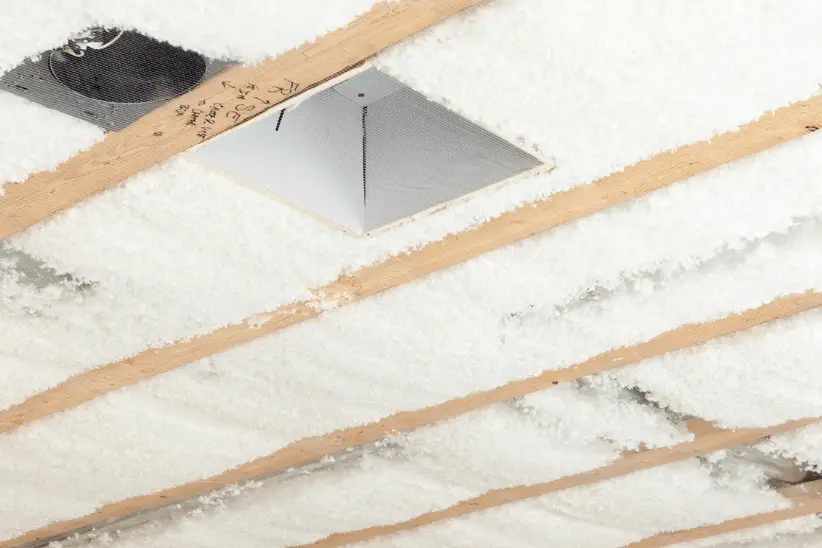
When you open a wall to run plumbing or electrical, you might not think twice about leaving open vertical or horizontal spaces. But modern building codes require fireblocking at certain intervals to slow the spread of flames and smoke. These blocks—often wood or fire-resistant foam—help compartmentalize wall cavities. Skipping them violates code and increases fire risk dramatically.
Fireblocking is especially crucial between floors and around penetrations like chimneys or ducts. It’s not the same as insulation and isn’t always obvious. If you’ve opened up a wall and see long, open bays from floor to attic, that’s a problem. Adding fireblocks isn’t hard, but it makes a major difference in safety.
13. DIYing Electrical Work Without a Ground Wire
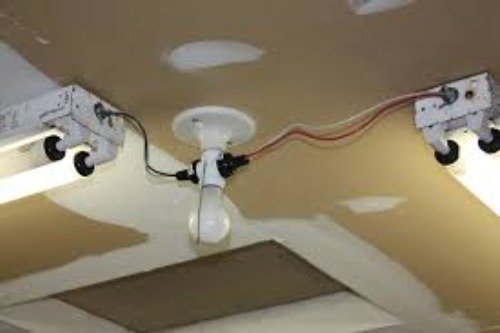
Some older homes still have two-prong outlets and no ground wire, which many DIYers try to “upgrade” by installing three-prong outlets without updating the wiring. But that’s a code violation unless you also install a ground fault circuit interrupter and label the outlet accordingly. The NEC allows certain upgrades but only when clearly labeled and protected. Simply swapping out the hardware doesn’t cut it.
A grounded outlet needs an actual path to earth to be safe. Otherwise, plugging in a sensitive appliance can lead to shocks or damage. It might look modern, but it doesn’t function properly without the right wiring. If your circuits aren’t grounded, you either need to rewire or install GFCIs with the proper notice.
This post 13 Popular DIY Fixes That Actually Violate Building Codes was first published on Greenhouse Black.
